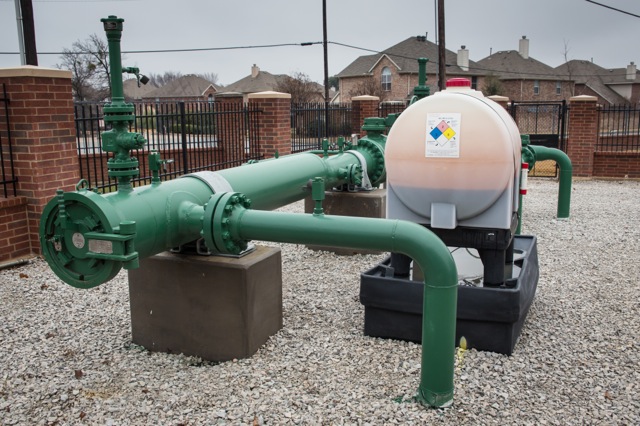The weight of plastic waste clogging the world’s oceans threatens to exceed all fish by 2050 if the world’s seemingly insatiable appetite for the material continues at the current explosive rate, warned a new report presented on Tuesday.
In fact, according to the study by the Ellen MacArthur Foundation along with the World Economic Forum, “plastics production has surged over the past 50 years, from 15 million tonnes in 1964 to 311 million tonnes in 2014, and is expected to double again over the next 20 years.”
The study—The New Plastics Economy: Rethinking the future of plastics (pdf)—introduced at the opening day of the WEF’s annual summit in Davos, Switzerland is the first of its kind to comprehensively assess global plastic packaging flows. The report makes an economic case for what it calls the “New Plastics Economy,” described as “a new approach based on creating effective after-use pathways for plastics; drastically reducing leakage of plastics into natural systems, in particular oceans; and decoupling plastics from fossil feedstocks.”
Among the findings, which are based on interviews with over 180 experts and on analysis of over 200 reports, the study estimates that roughly 8 million tonnes of plastics leak into the ocean each year—”which is equivalent to dumping the contents of one garbage truck into the ocean every minute.” This amount is expected to double by 2030.
“In a business-as-usual scenario, the ocean is expected to contain 1 tonne of plastic for every 3 tonnes of fish by 2025, and by 2050, more plastics than fish (by weight),” the report continues.
What’s more, the report estimates that only 14 percent of plastic packaging is collected for recycling and even less for plastics in general. After sorting, only 5 percent is ultimately retained for subsequent use, which is far below global recycling rates for paper (58 percent) and iron and steel (70–90 percent).
Further, the report examines the carbon impact of plastics production, given that over 90 percent are derived from “virgin fossil feedstocks.” Plastics production represents roughly 6 percent of global oil consumption and “If the current strong growth of plastics usage continues as expected, the plastics sector will account for 20% of total oil consumption and 15% of the global annual carbon budget by 2050.”
The report argues that single-use plastics, and plastic packaging specifically, represents a net loss for the economy, as its limited value is outweighed by these negative impacts. It states:
After a short first-use cycle, 95% of plastic packaging material value, or USD 80–120 billion annually, is lost to the economy. A staggering 32% of plastic packaging escapes collection systems, generating significant economic costs by reducing the productivity of vital natural systems such as the ocean and clogging urban infrastructure. The cost of such after-use externalities for plastic packaging, plus the cost associated with greenhouse gas emissions from its production, is conservatively estimated at USD 40 billion annually – exceeding the plastic packaging industry’s profit pool.
“Linear models of production and consumption are increasingly challenged by the context within which they operate, and this is particularly true for high-volume, low-value materials such as plastic packaging,” said Ellen MacArthur, an accomplished British yachtswoman turned foundation chair.
The researchers conclude that in order to get closer to the goal of a “circular economy”—where “consumption happens only in effective bio-cycles; elsewhere use replaces consumption”—both the public and private sector must work towards the goal of creating plastics that can be both recycled and composted.


